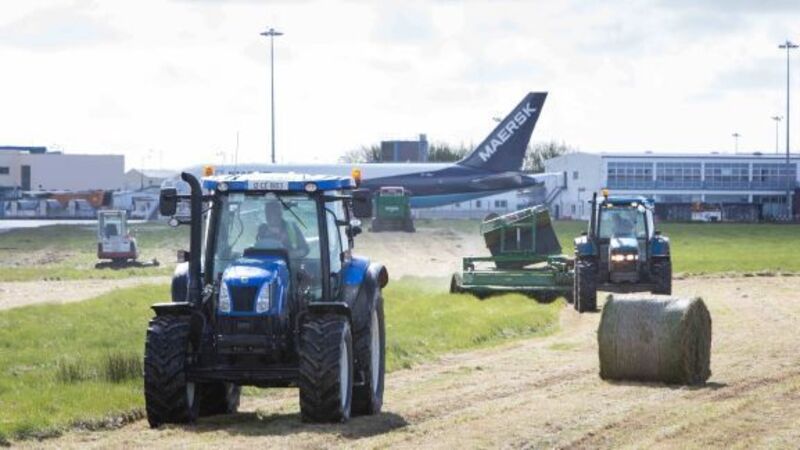That was the year when silage bales went over €50

The New Year marks a closure of 2013, and the promise and hopes for a good year ahead.
From a dairy farmer’s perspective, 2013 was a year of two halves. The first half was marked by unseasonally low grass growth, a lack of silage and other fodder, extenuating the carry-over from a poor grass growing season in 2012. There was rehousing of cattle, with growth stalled in March and April, plus the stress from the potential impact of Schmallenberg.










